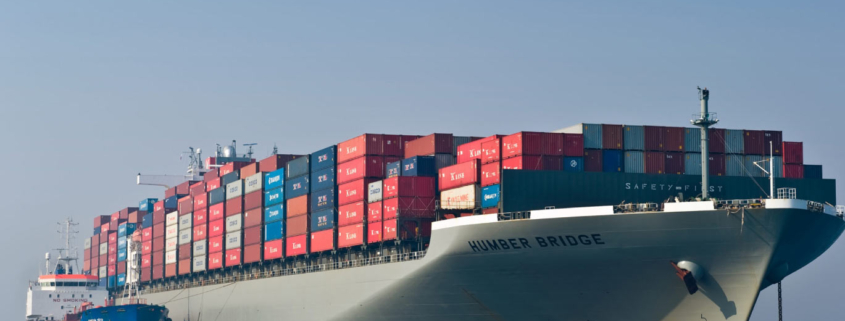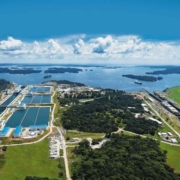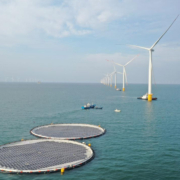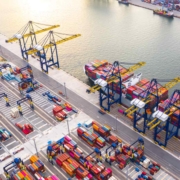Challenges in Maritime Trade: Impact on the Global Economy and Contingency Plans
Maritime trade, the engine of the global economy, is facing a series of challenges that could have significant repercussions both in the short and long term. The National Foreign Trade Association (Analdex) has presented a comprehensive report that deeply analyzes the factors hindering the maritime transportation of goods and their impact on the development of this activity. Among the most prominent factors are the conflict in the Red Sea and the weather-related issues affecting the Panama Canal.
Maritime Trade and the Impact of the Conflict in the Red Sea
One of the most notable challenges facing maritime trade is the conflict in the Red Sea, which has had a direct impact on the global transportation of goods. One of the most visible effects is the disruption in the transit and shipment of vessels through the Suez Canal, a crucial route for trade between Asia and Europe. This interruption has negatively affected the supply chain and raised concerns in the industry.
Analdex’s report indicates that this disruption in transit through the Suez Canal could continue for the coming weeks and may worsen if carriers opt for alternative routes with higher shipping demand. This has created uncertainty in maritime trade and led to extended transit times, which, in turn, could result in a shortage of containers.
Challenges in the Panama Canal
In addition to the conflict in the Red Sea, the Panama Canal also faces significant challenges. The rerouting of goods through alternative routes has been disrupted due to weather-related issues affecting this maritime route, especially related to the El Niño phenomenon and decreasing water levels. As a result, the Cape of Good Hope has become the primary alternative ocean route. However, this route adds an average of 14 days to transit times, depending on the origin and destination of the goods.
This situation has led to a reduced availability of containers and a lack of alternative routes, contributing to the rising freight prices. According to the Drewry World Container Index, freight prices have experienced a significant increase of 85% in recent weeks.
Impact on the Global Economy
The increase in freight prices has direct implications for the global economy. One of the main potential effects is the impact on inflation expectations. Analdex’s report states that goods inflation could become a concern if it intensifies due to rising prices in global transportation services.
Furthermore, if this situation becomes persistent, it could affect aggregate demand and reduce prospects for global economic recovery, especially considering the economic slowdown experienced in 2023. Increased transportation costs could lead to reduced demand for goods and services, potentially slowing economic growth.
Contingency Plans in the Maritime Trade Industry
Despite the mentioned challenges, the maritime trade industry is not standing idly by and has implemented contingency plans to address the situation. These plans include a combination of maritime and air solutions to mitigate issues affecting the transportation of goods.
Maritime solutions involve searching for alternative routes and optimizing transit times, as well as increasing the cargo capacity of vessels. Additionally, strategies to improve efficiency at ports and reduce waiting times are being explored.
Regarding air solutions, air transportation services are being used to meet the urgent demand for goods. This includes the transportation of perishable products and high-value goods on cargo planes. While these solutions may be more costly than maritime transportation, they are an effective response to the need for rapid delivery.
Maritime trade faces significant challenges due to the conflict in the Red Sea and issues in the Panama Canal. These challenges have a direct impact on freight prices and, ultimately, the global economy. However, the industry is responding with contingency plans aimed at maintaining the flow of goods transportation and mitigating negative effects. The situation remains dynamic, and it will be crucial to closely monitor how these factors evolve in the coming months and their impact on the global economy.
For more news on maritime industry, visit our blog.









